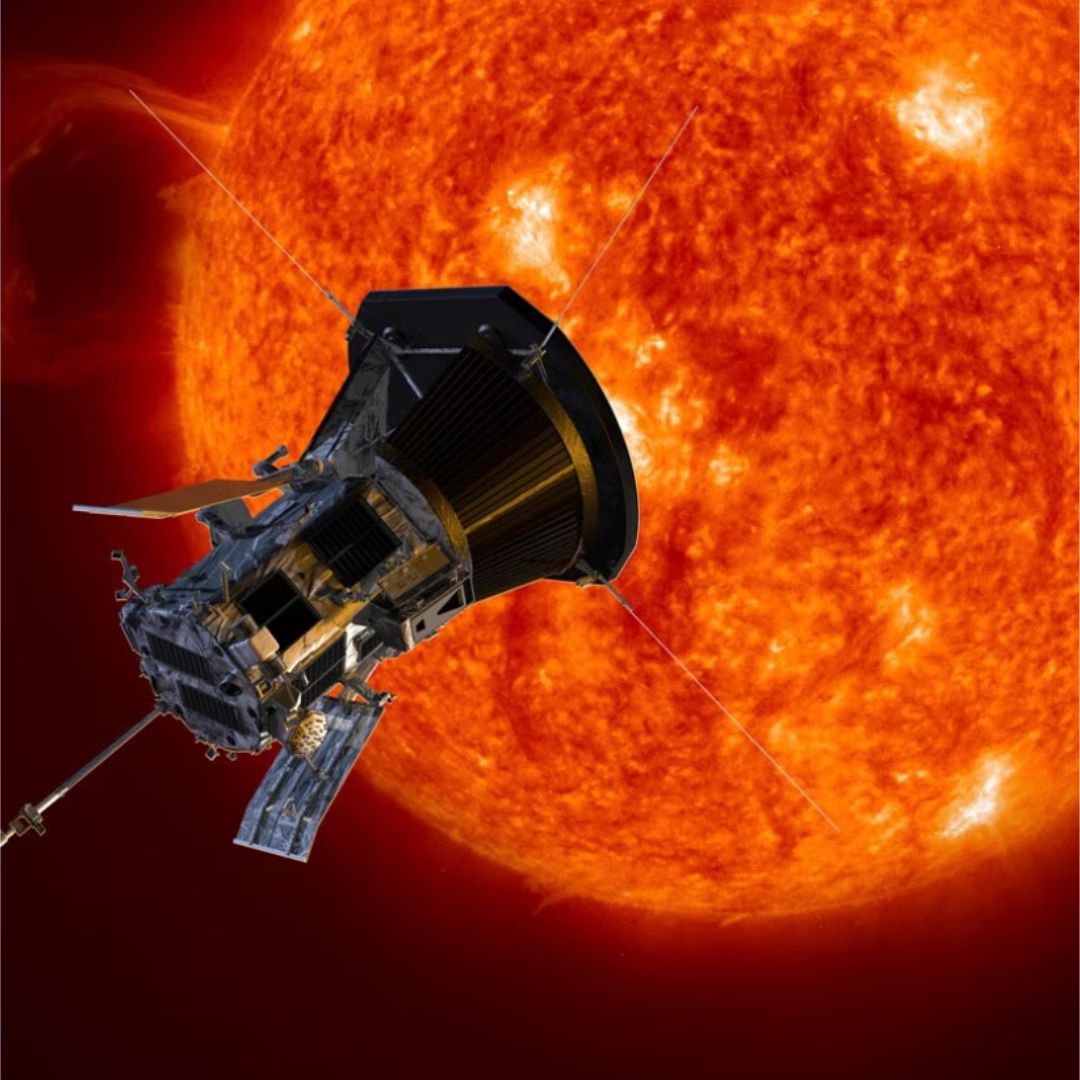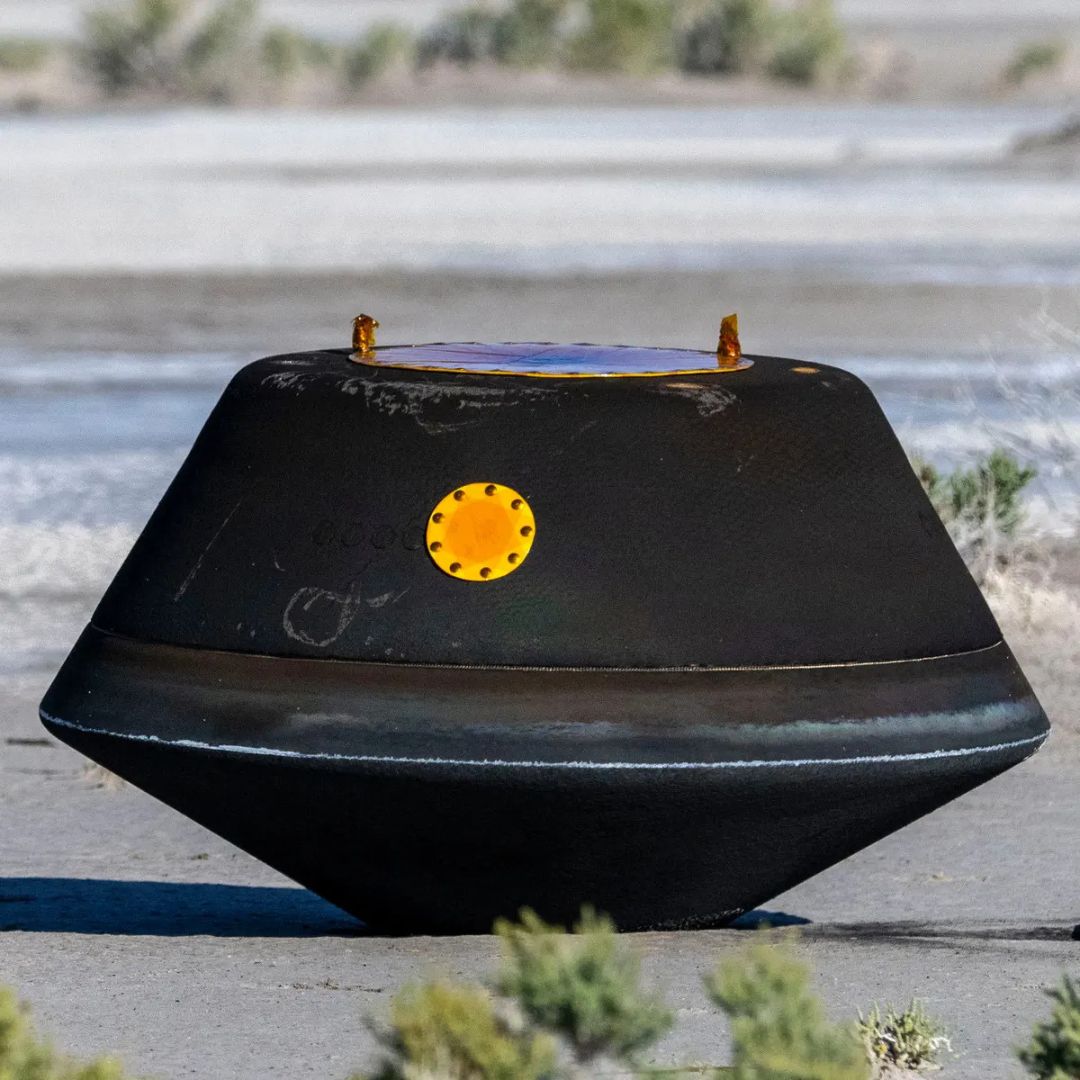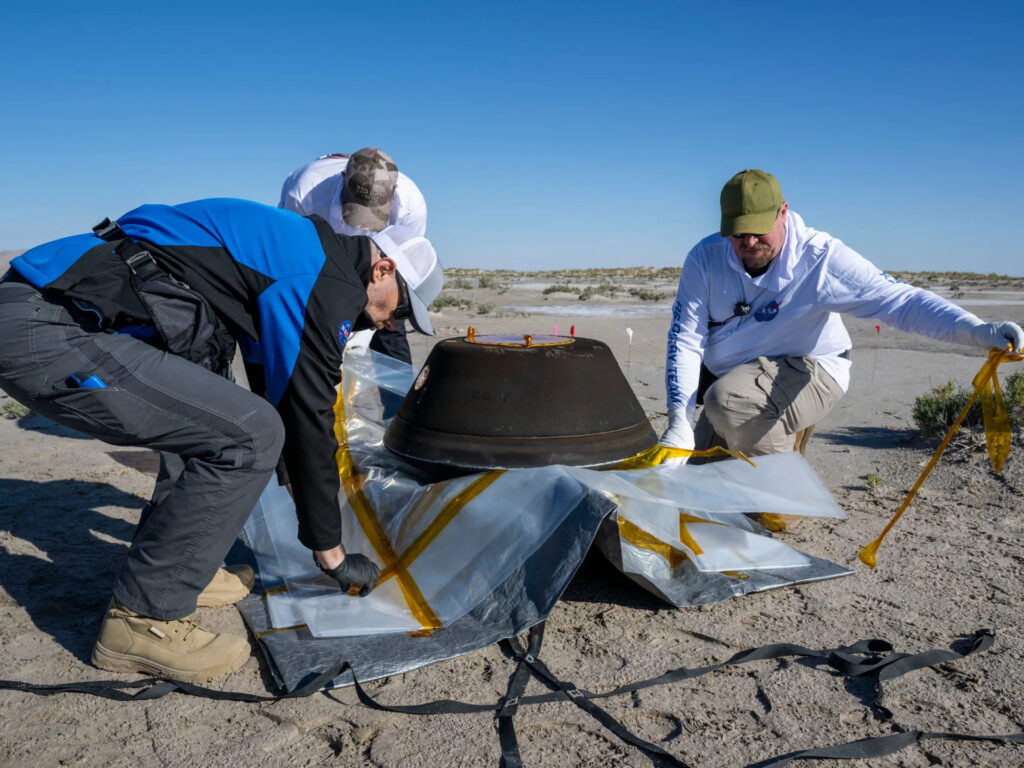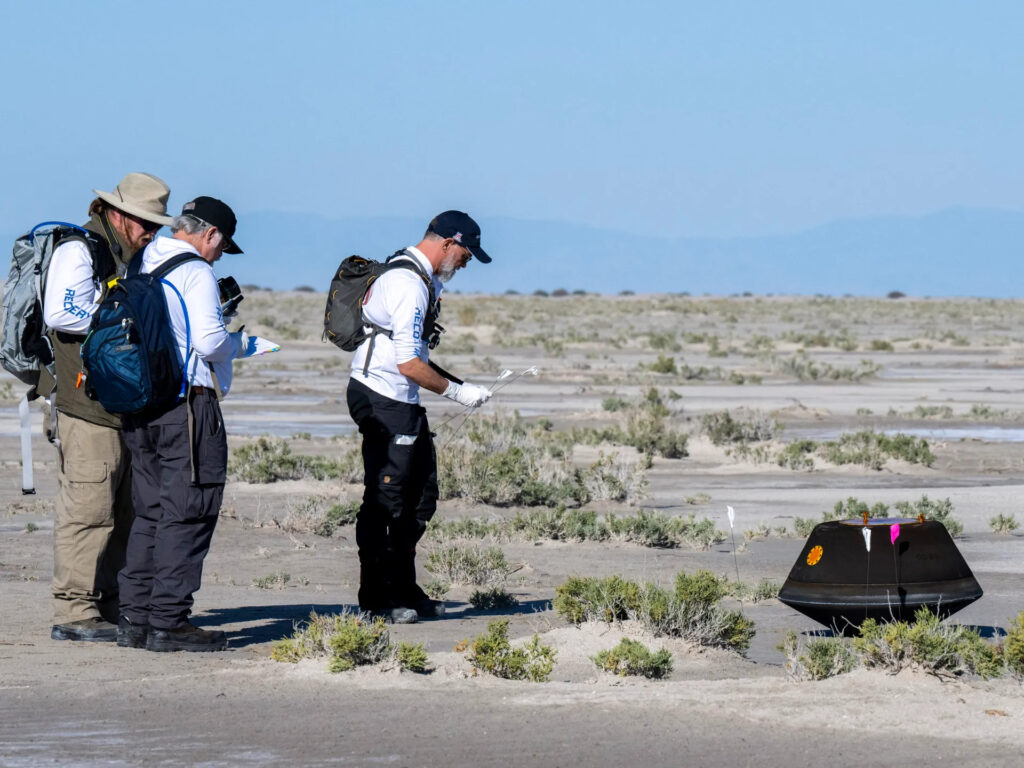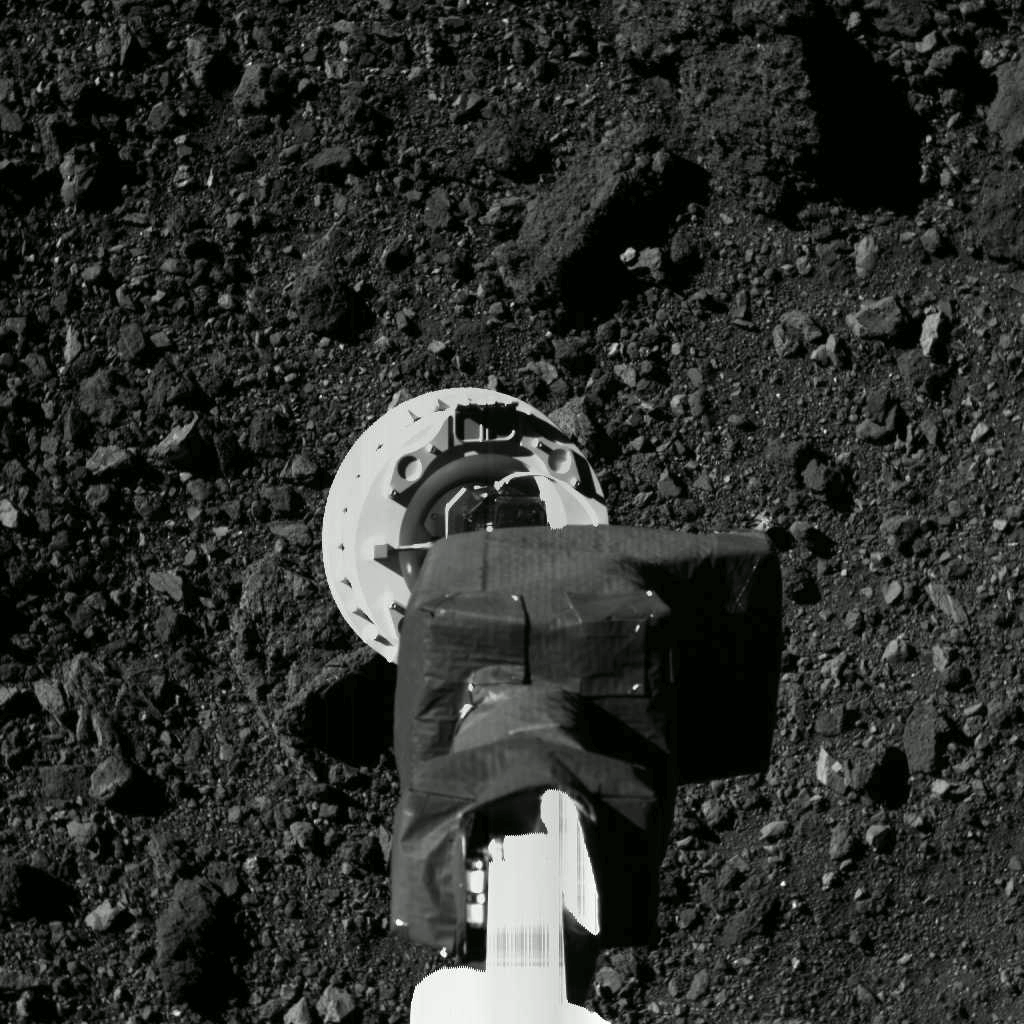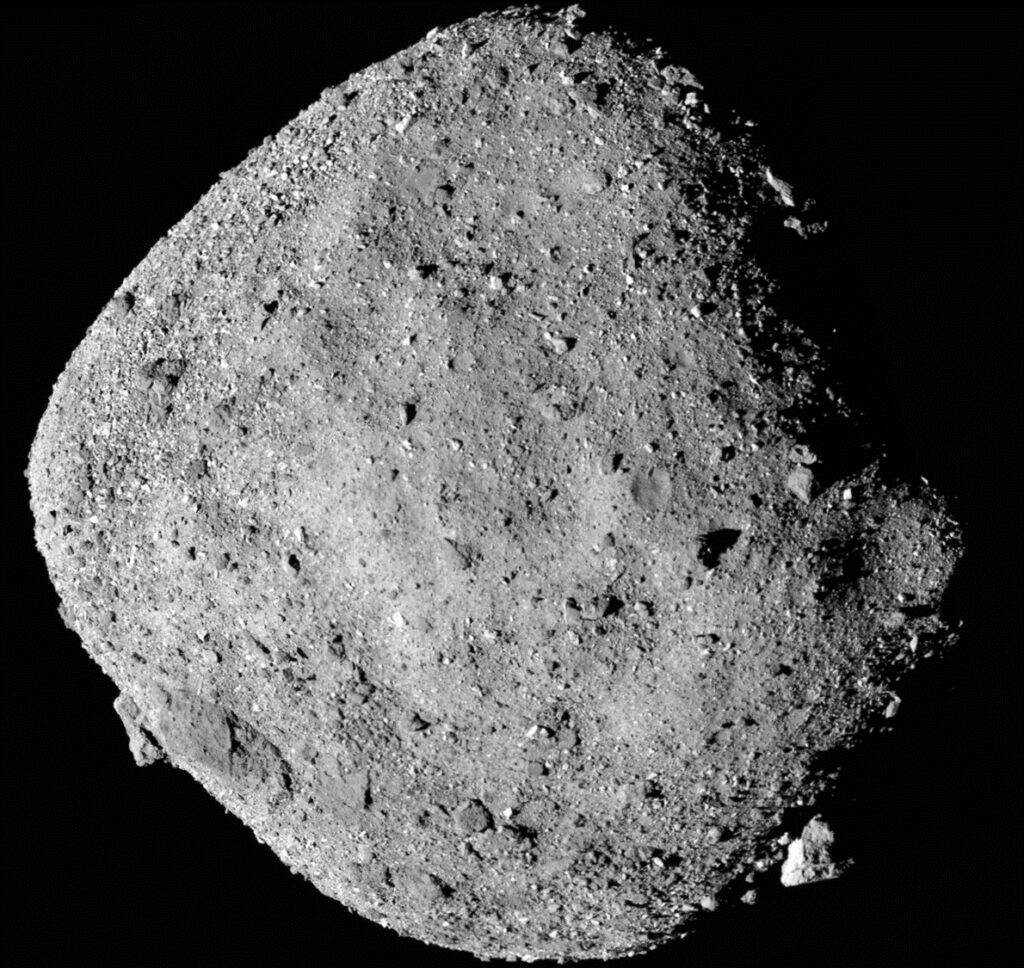India’s first mission to the Sun, Aditya-L1 reached its final destination in space on January 6, 2024. The spacecraft has positioned itself at Lagrange Point 1 in the Sun’s orbit. Aditya, named after the Hindu Sun God, has travelled around 1.5 million km from Earth. It is now at a point where the gravitational forces of both celestial bodies cancel out, allowing it to remain in a stable halo orbit around the Sun.
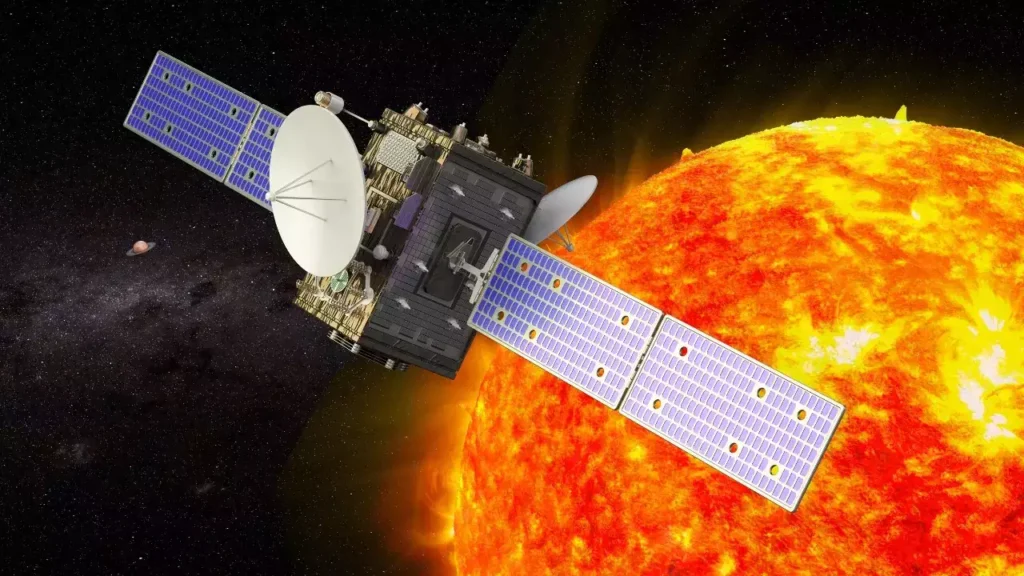
Also read, India Successfully launched Its First Mission To The Sun
The Indian Space Research Organisation’s Aditya-L1 mission was launched on September 2, 2023 and took four months to reach the Sun’s orbit. The Indian scientists believe that now since Aditya-L1 is in the Sun’s orbit, it will be able to watch the Sun constantly and carry out scientific studies. Aditya L-1 will spend five years in space observing solar activity, solar wind, and solar flares – and their effect on Earth.
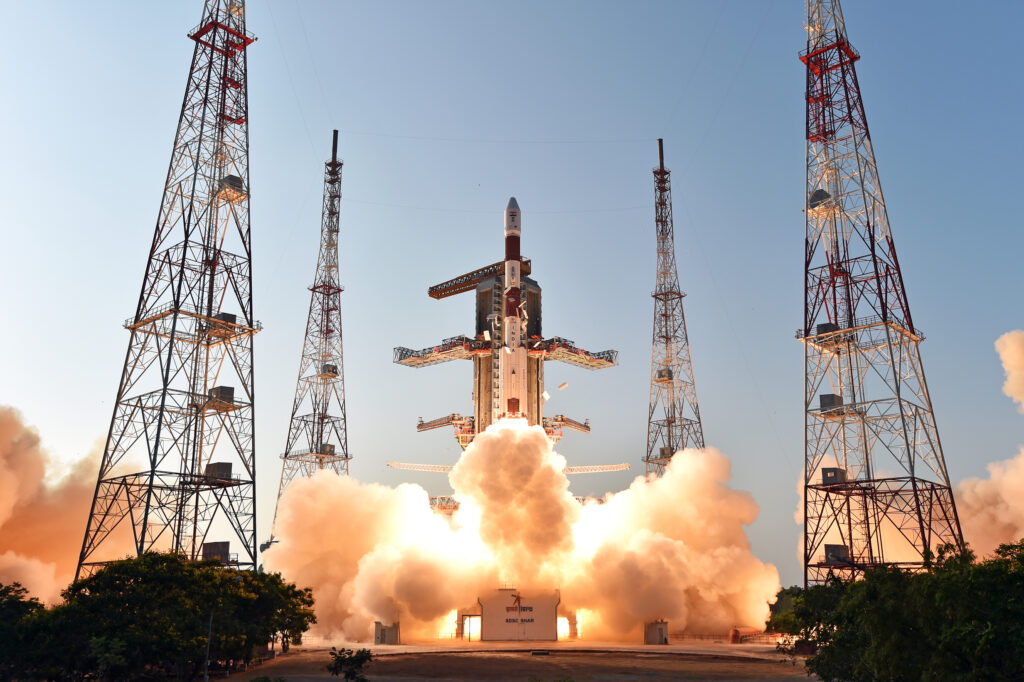
The Indian space agency has also said that some of the instruments on board the satellite have already started work, gathering data, and taking images.
India’s Prime Minister Narendra Modi called the mission “a landmark” and an “extraordinary feat”.
Watch Full Video On, #AdityaL1 : India’s First Sun Mission | All You Need To Know About India’s Mission to the Sun

